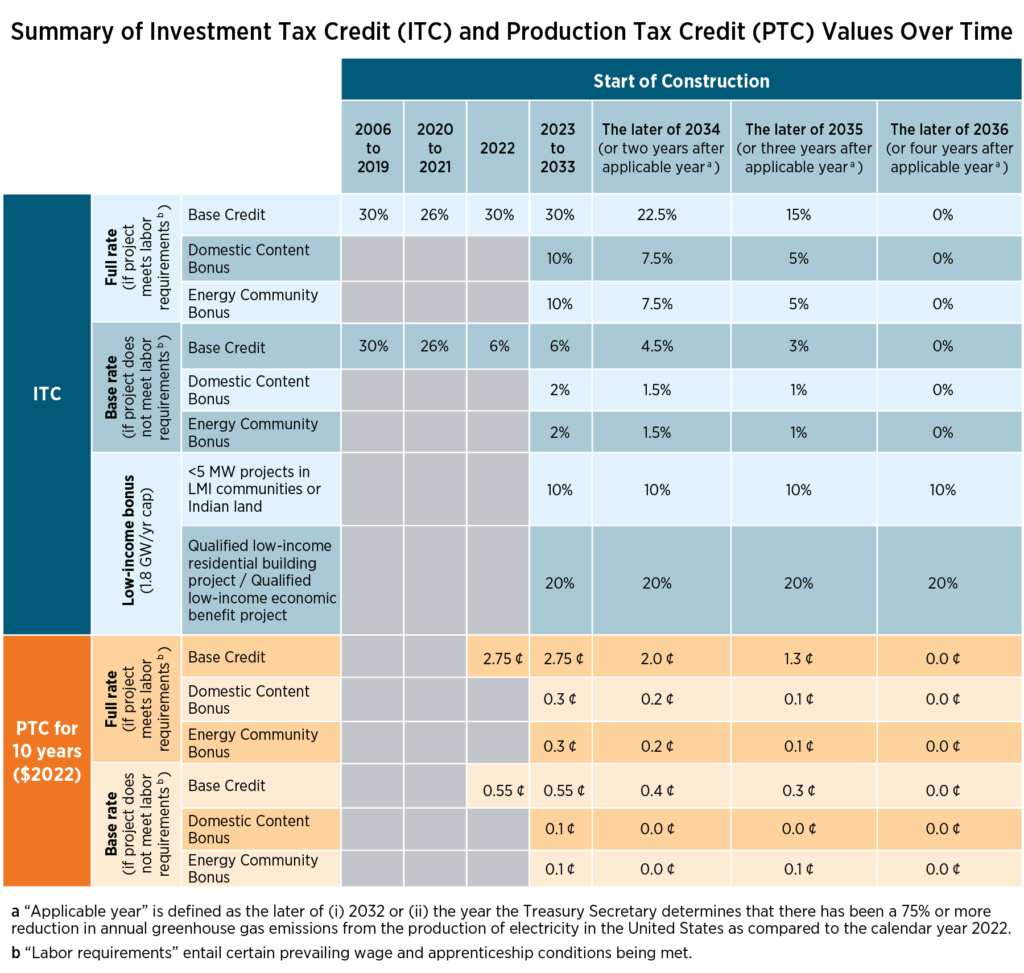 The Rural Energy for America Program (REAP) grant, administered by the United States Department of Agriculture (USDA), offers a transformative opportunity for agricultural producers and rural small businesses to invest in energy efficiency improvements and renewable energy projects. By leveraging the REAP grant, businesses can achieve significant cost savings, reduce environmental impact, and contribute to the sustainability of rural communities.
The Rural Energy for America Program (REAP) grant, administered by the United States Department of Agriculture (USDA), offers a transformative opportunity for agricultural producers and rural small businesses to invest in energy efficiency improvements and renewable energy projects. By leveraging the REAP grant, businesses can achieve significant cost savings, reduce environmental impact, and contribute to the sustainability of rural communities.
Benefits:
- Financial Support: The REAP grant provides funding to cover up to 25% to 75% of the total project costs, enabling businesses to implement energy-efficient technologies and renewable energy systems with reduced financial burden.
- Cost Savings and Efficiency: By investing in energy-efficient equipment and renewable energy systems, businesses can realize long-term cost savings through reduced energy consumption and operational expenses.
- Environmental Impact: Embracing renewable energy solutions supported by the REAP grant contributes to environmental sustainability, reducing carbon footprint and promoting a cleaner, greener future for rural communities.
- Business Growth and Competitiveness: Implementing energy-efficient technologies can enhance the competitiveness of businesses, attract environmentally conscious consumers, and position them as leaders in sustainable practices.
Requirements:
- Eligibility Criteria: To qualify for the REAP grant, businesses must meet specific eligibility criteria, including being located in a rural area, demonstrating financial need, and complying with program regulations.
- Project Feasibility: Applicants are required to submit a comprehensive project proposal outlining the scope, budget, and expected outcomes of the energy efficiency or renewable energy project.
- Compliance and Reporting: Successful applicants must adhere to program guidelines, comply with reporting requirements, and ensure that funded projects align with the objectives of the REAP program.
The REAP grant presents a compelling opportunity for businesses to embrace sustainable energy solutions, drive operational efficiency, and contribute to the vitality of rural communities. By leveraging the financial support and guidance offered by the REAP program, businesses can embark on a journey towards energy sustainability, cost savings, and environmental stewardship.
Department of Agriculture Press release
We have specialized REAP loan officers and grant writers to help our customers through this process.
For more information on what commercial solar can do for your business .
Contact us below.


 The Rural Energy for America Program (REAP) grant, administered by the United States Department of Agriculture (USDA), offers a transformative opportunity for agricultural producers and rural small businesses to invest in energy efficiency improvements and renewable energy projects. By leveraging the REAP grant, businesses can achieve significant cost savings, reduce environmental impact, and contribute to the sustainability of rural communities.
The Rural Energy for America Program (REAP) grant, administered by the United States Department of Agriculture (USDA), offers a transformative opportunity for agricultural producers and rural small businesses to invest in energy efficiency improvements and renewable energy projects. By leveraging the REAP grant, businesses can achieve significant cost savings, reduce environmental impact, and contribute to the sustainability of rural communities.








